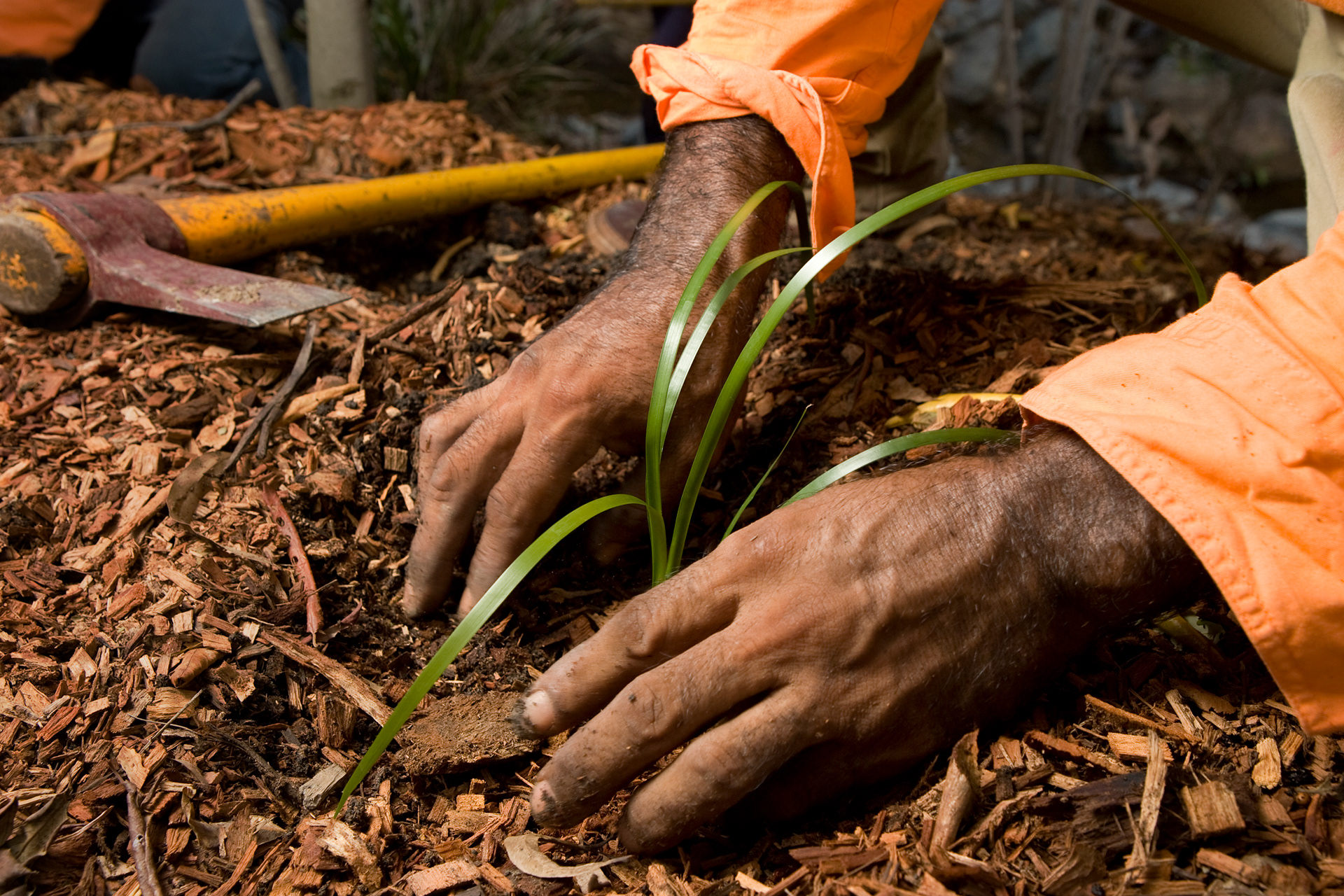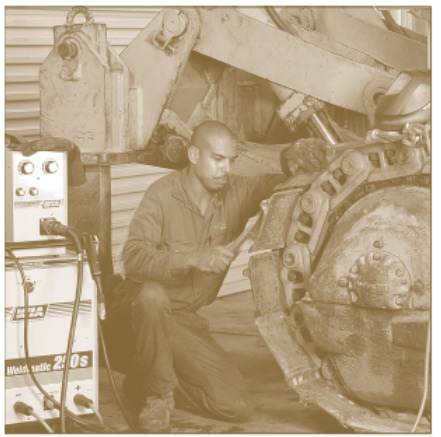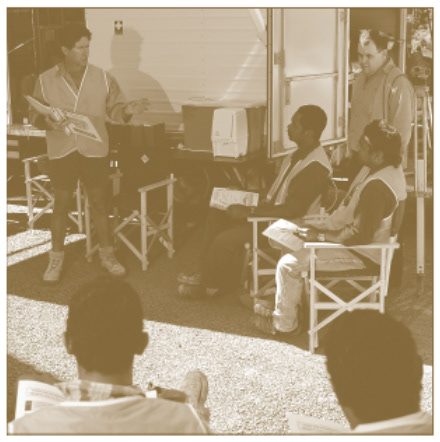Motorway and Centenary Highway interchange - Darra to Springfield Transport Corridor: Stage 1
Looking east along the Sunshine Motorway and the Kawana Interchange at Sippy Downs, towards the ocean
Unveiled plaque during the opening ceremony for the Barkly Highway Upgrade, Johnson Creek Project
The completed Tugun Bypass Project Road was opened to traffic in June 2008 including the tunnel with Intelligent Transport System (ITS)
Southern portal with VMS
Variable Messaging Sign
Brisbane Metropolitan Transport Management Centre in 2002
Official opening of the Brisbane Metropolitan Transport Management Centre in May 2007 which provides real-time traffic information via the traffic report hotline 131940
Worker at the industrial estate, Magnesium Drive Crestmead

Roadside landscaper

Workers in training programs

Workers in training programs
RoadTek workers in Personal Protective Equipment
RoadTek, Cluden Depot
Connecting Queensland
Gateway bridge under construction
Construction of the new 7 kilometre 6-lane motorway connecting the Gateway Bridges to the Gateway Motorway at Nudgee Bridge over Kedron Brook
Gateway Upgrade Project 2009
Bus tap on
Station tap off
Royal Children's Hospital busway station
Heavy Vehicle Rest Area - Burnett Highway
Audio tactile line markings
Mabel Park School Pedestrian overpass
Q150 branded bridge
